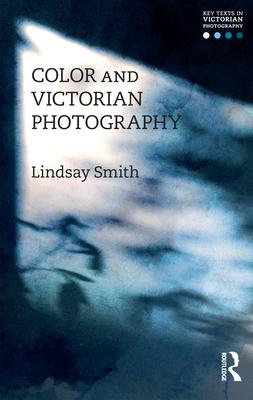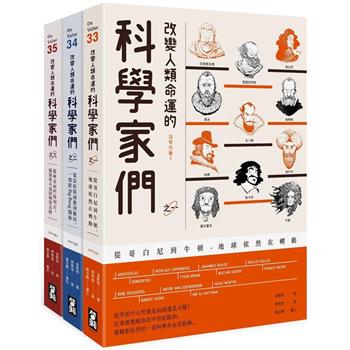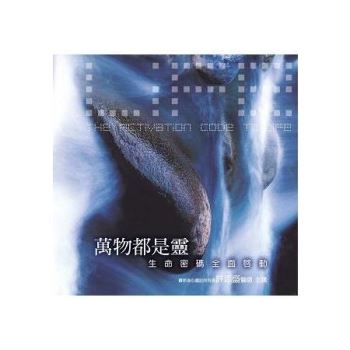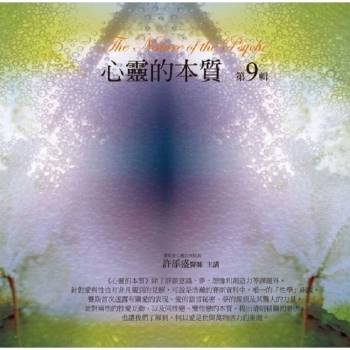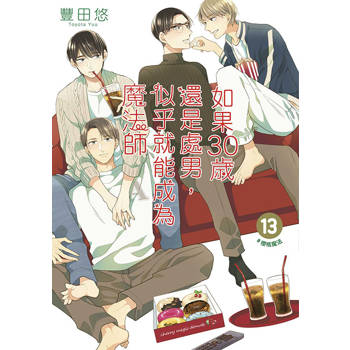While nineteenth-century photography is usually thought of in terms of black and white images, intense experimentation with fixing color in photographs dates back to the 1840s, around the time of the camera's invention. Introducing readers to the long and frequently overlooked history of polychrome photography, this short anthology of primary sources includes early accounts of the scientific search for color; essays on its value (or otherwise) by cultural critics such as John Ruskin; extracts from manuals on handcoloring; and nineteenth-century photographers' views on the use of color in their work, from Roger Fenton to Lewis Carroll. It asks why scientists, philosophers, photographers, literary writers and art theorists were so fascinated by the possibility and potential of color, and offers a fresh perspective on the culture and history of early photography.
With an introductory essay arguing that the prospect of color in photography loomed from photography's earliest days in the imagination of its creators, users and critics, this short reader is an essential resource for students and scholars wanting to gain a full understanding of nineteenth-century photography and its relationship to art history, literature and culture.
